They are our closest living relatives, creatures of awe-inspiring intelligence and emotion, yet they can be intimidatingly primitive and wild; chimpanzees are a source of fascination for us, and by the looks of it, for you too! We’ve set out to answer some of your questions about chimps and hope to inspire you to travel to Africa and sit on the forest floor while watching these magnificent great apes move and communicate in their wild habitat. We’ve already kind of answered our first question, but here goes: everything you need to know about chimpanzee trekking safaris!
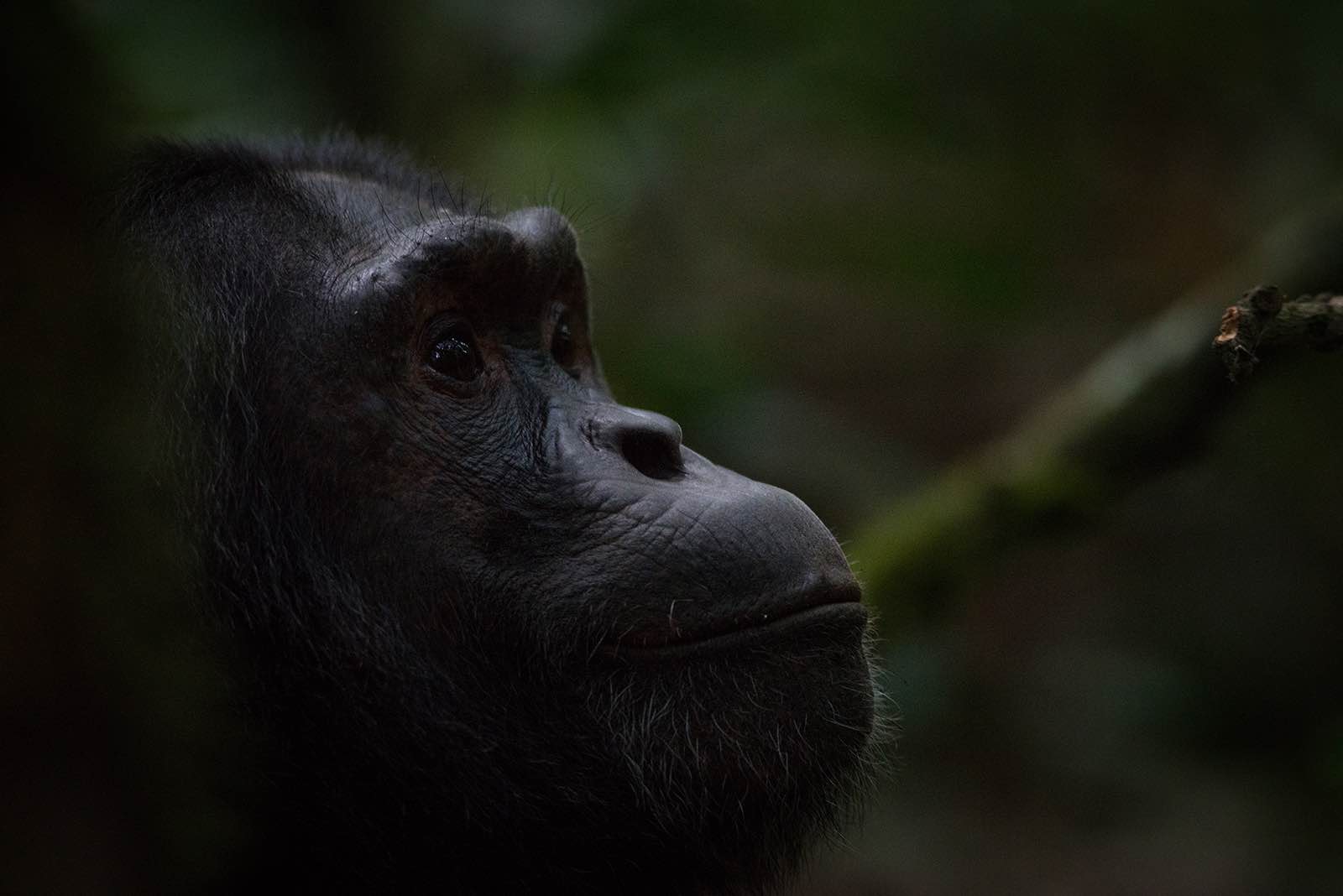
What continents do chimpanzees live on?
Chimpanzees are native to Africa and this is the only continent home to wild chimpanzees. There are two species and four subspecies, and all of them live in a stretch of what used to be uninterrupted forest belt, but is now badly fragmented due to deforestation and human encroachment. Common chimpanzees and bonobos are the two species in existence, and bonobos (also called pygmy chimpanzees) only live in one place in Africa – in the Democratic Republic of Congo, south of the Congo River. Common chimpanzees occupy a greater range – from as far east as Tanzania to the westernmost point in Senegal – but this is not an indication of a thriving population. Unfortunately, both species of chimpanzee are endangered with decreasing population numbers across the board.
Chimpanzees like an equatorial climate, and they occur in the warm, humid environments of the Central African rainforests. The easternmost point of their range is the Greater Mahale Ecosystem on the western boundary of Tanzania, and this is where the Jane Goodall Institute has been based doing research and excellent conservation work for decades. Moving westwards across equatorial Africa, chimps are found in as many as 21 countries: Angola; Burundi; Cameroon; Central African Republic; Congo; The Democratic Republic of Congo; Côte d’Ivoire; Equatorial Guinea; Gabon; Ghana; Guinea; Guinea-Bissau; Liberia; Mali; Nigeria; Rwanda; Senegal; Sierra Leone; South Sudan; Tanzania; and Uganda.
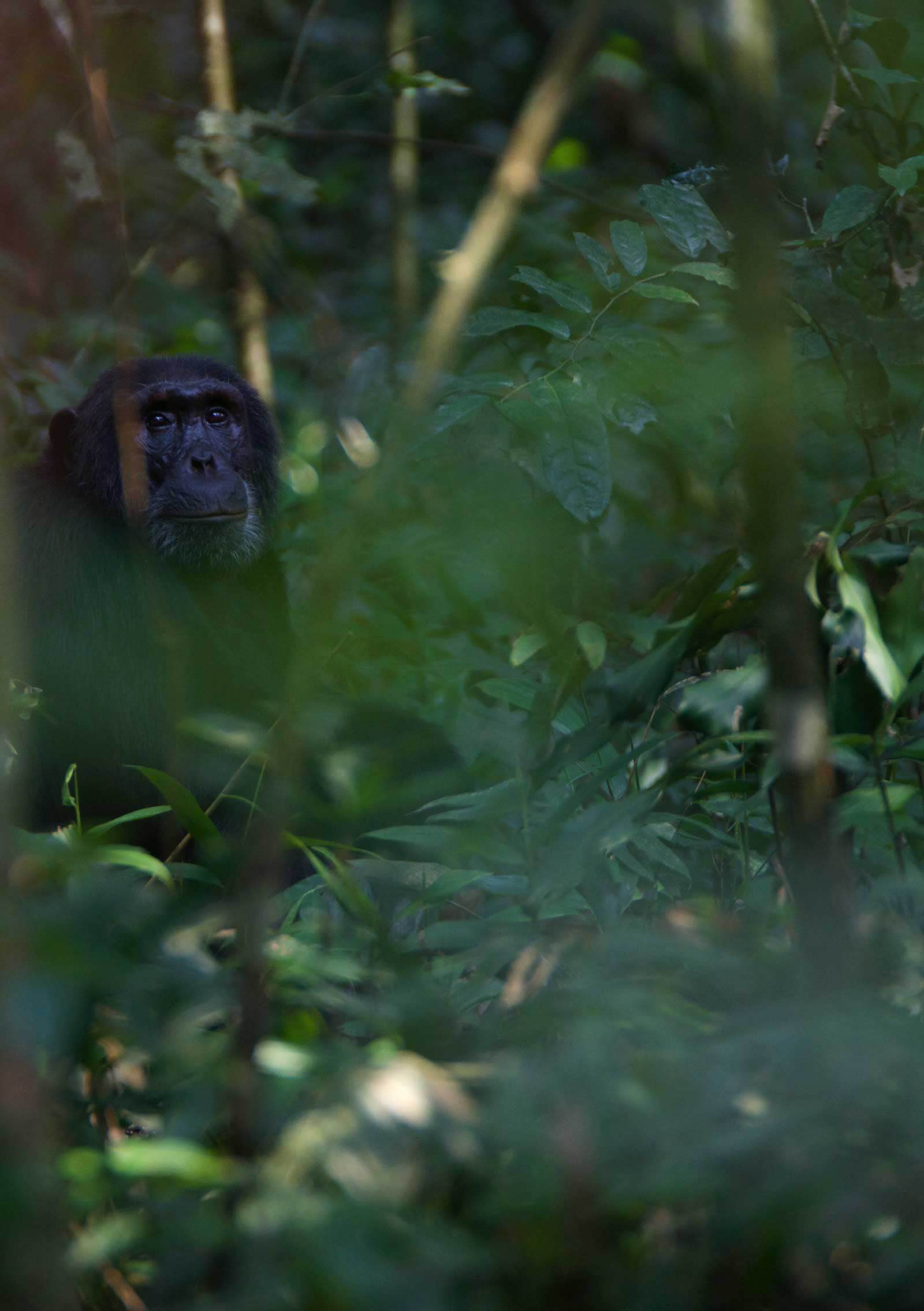
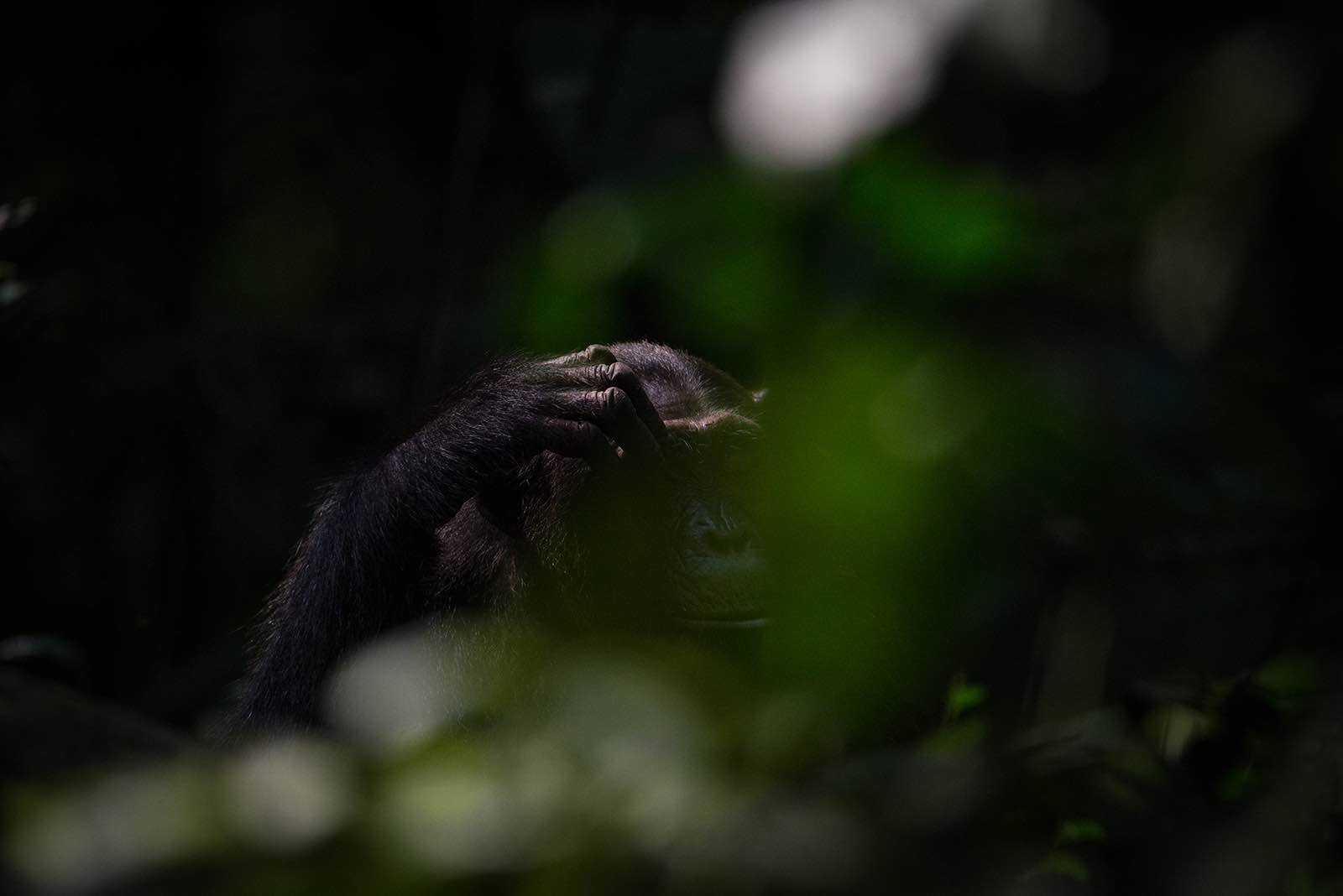
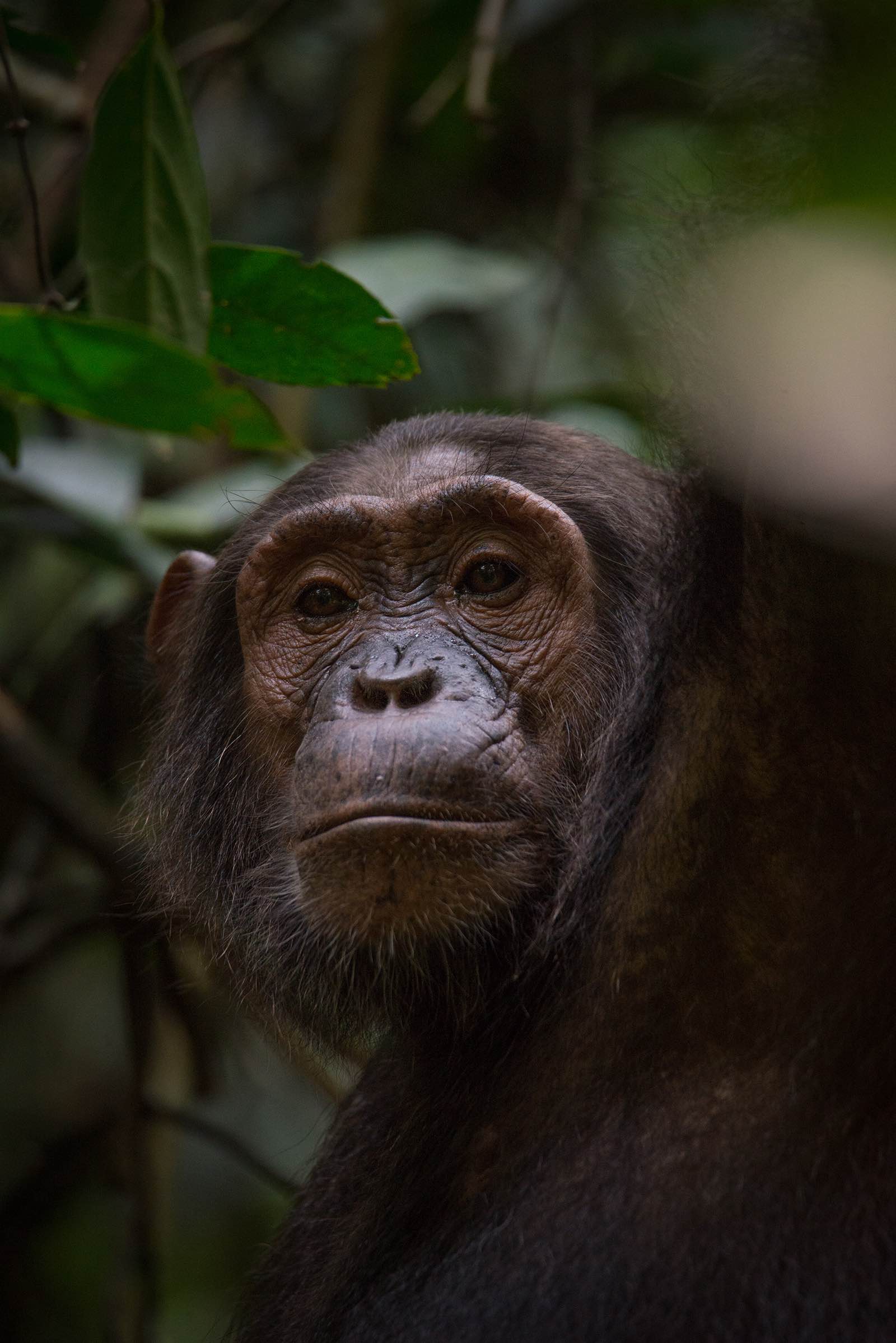
Where can you see wild chimpanzees?
Considering that they can be found in so many countries, it may come as a surprise that there are only a handful of places where tourism infrastructure allows for visitors to see wile chimpanzees. In Nigeria and Cameroon, where the only population of the Elliot’s subspecies can be found, there are wildlife sanctuaries that have rescued chimps and provide educational information, but seeing them in the natural habitat of Cross River National Park is almost impossible even for rangers and researchers. It is only really possible for tourists to see habituated families of chimpanzees, which are wild populations that have become accustomed to seeing humans in their habitat over long periods of successful, respectful introductions.
To see them under these circumstances – wild and free – you can go to Nyungwe Forest in Rwanda, Kibale Forest, Budongo Forest, or Kyambura Gorge in Uganda, and Gombe Stream and Mahale Mountains National Parks in Tanzania. There are responsible tourism operations running ethical and professionally guided tours, which are bound to offer unforgettable experiences observing chimps. Also in Uganda is Ngamba Island, which is a sanctuary for rescued and orphaned chimps out on Lake Victoria. This isn’t a place to watch them in the wild, but you can visit and learn about their stories and support the important work they do.
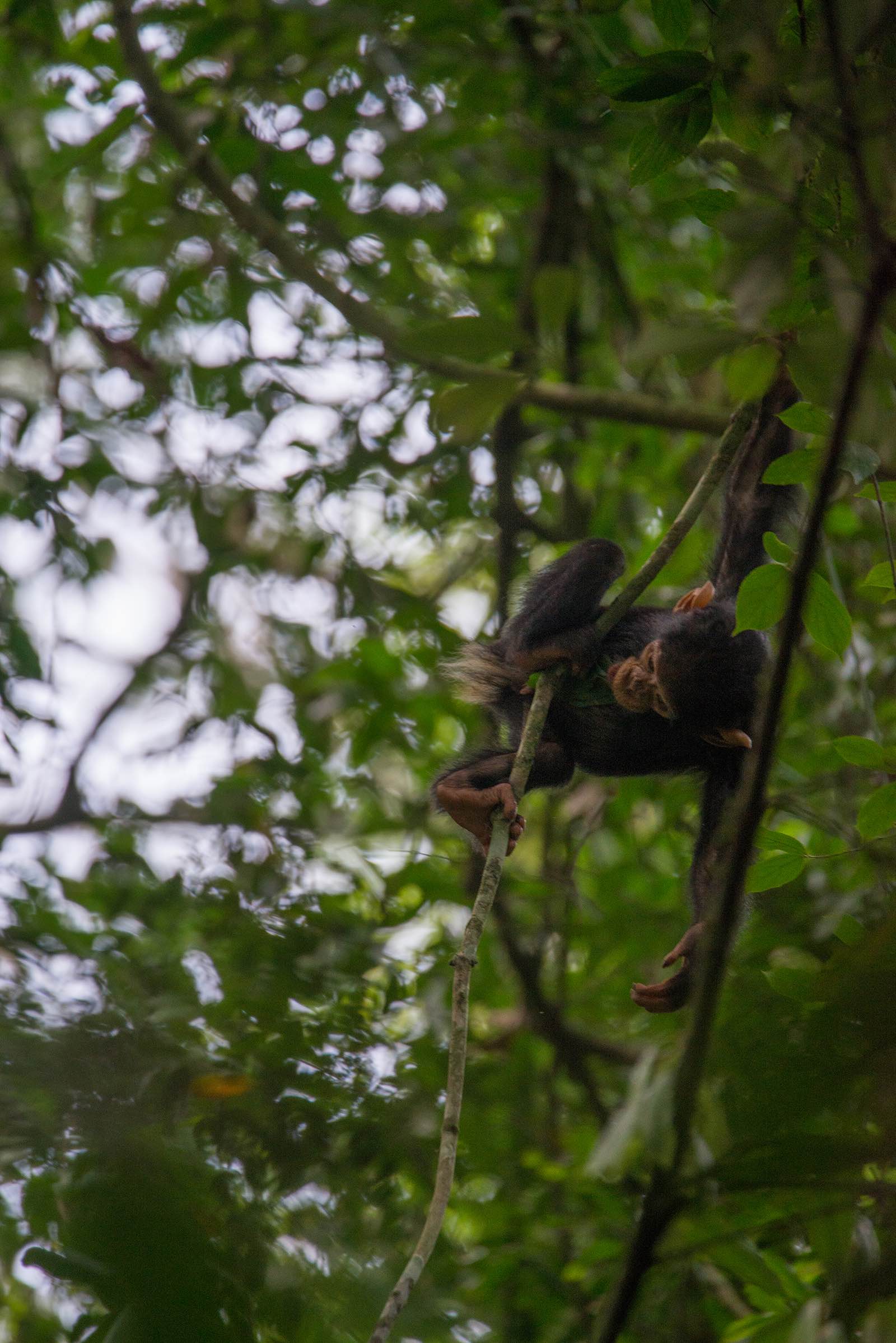

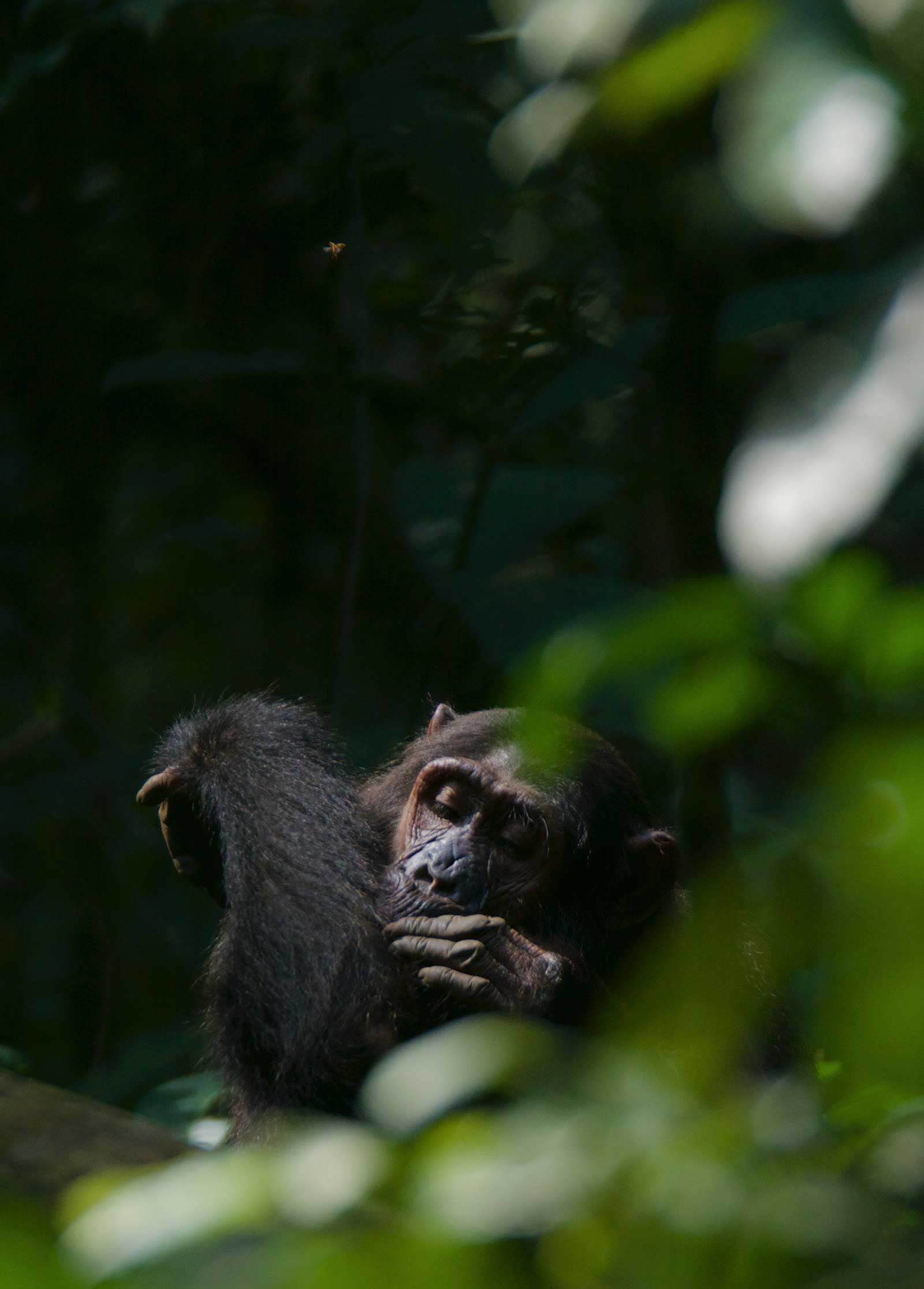
Where can you go chimpanzee trekking?
Chimpanzee trekking is when you walk through the chimpanzee’s natural habitat, led by a trained guide, and watch the habituated chimpanzee families go about their daily business in the forest. These families or groups can number between 30 and 80 individuals and the environment is entirely natural and uncontrolled. The chimps feed and forage and climb and vocalise and some stroll right passed you without a second glance. It is a truly mesmerising and deeply impactful experience for anyone.
Uganda, Rwanda, and Tanzania offer chimp trekking activities. These countries also have open savannah ecosystems, like Queen Elizabeth National Park in Uganda, Akagera National Park in Rwanda, and the Serengeti in Tanzania. Tourism is thriving and thousands of people visit these countries each year. The team at Sun Safaris works directly with the chimpanzee trekking facilities and the safari operators on the ground to create a personalised safari experience.
In Uganda, chimpanzee trekking is offered at a couple of different locations: Kibale Forest National Park, Budongo Forest Reserve in Murchison Falls National Park, and Kyambura Gorge bordering Queen Elizabeth National Park. In Tanzania, head to Gombe Stream and Mahale Mountains National Parks. And in Rwanda, you can go chimp trekking in Nyungwe Forest National Park.

What animals do chimpanzees live with?
As we’ve discussed in this article, chimpanzees live in the humid forests of equatorial Africa, and these fast diminishing ecosystems are home to an unimaginable array of species, from other primates, large and small mammals, rodents, reptiles, and birds. They are vibrating with life and any chimp trekking experience will provide incredible opportunities to see other species of the forest. Some are common and unabashed and seeing them is easy, while others are elusive and endangered, and very seldom seen. Here are some of the animals chimpanzees live with in the forest:
In Rwanda’s Nyungwe Forest, keep your eyes peeled for fellow primates, including L’ Hoest’s monkey, the owl-faced monkeys, grey-cheeked mangabeys, Rwenzori colobuses, mona monkeys, and blue monkeys. In Uganda, common primates living alongside chimpanzees in Kibale Forest include the red-tailed monkey, black and white colobus, olive baboon, and the nocturnal potto, which is related to the bushbaby.
Some of these forests are also home to the rare forest elephant, which used to reside in high numbers on the low-lying slopes of the Rift Valley, but now you’d be lucky if you saw some dung in the pathway while you’re tracking chimpanzees. Equally, the golden cat is found in some of the same forests as chimpanzees, but it has only ever been recorded on camera trap!
Chimpanzees do share space with predators however. Leopards are incredibly versatile and they thrive in forested environments, and in areas like Kyambura Gorge, which is connected to Queen Elizabeth National Park, lions do coexist with chimpanzees.
It goes without saying that a chimpanzee trekking excursion is bound to reveal the many magnificent creatures of the forest, and in particular, if you are a keen bird watcher, this is the sort of trip that can be doubled as a specialist birding vacation. Uganda in particular is one of Africa’s greatest birding destinations of all time.
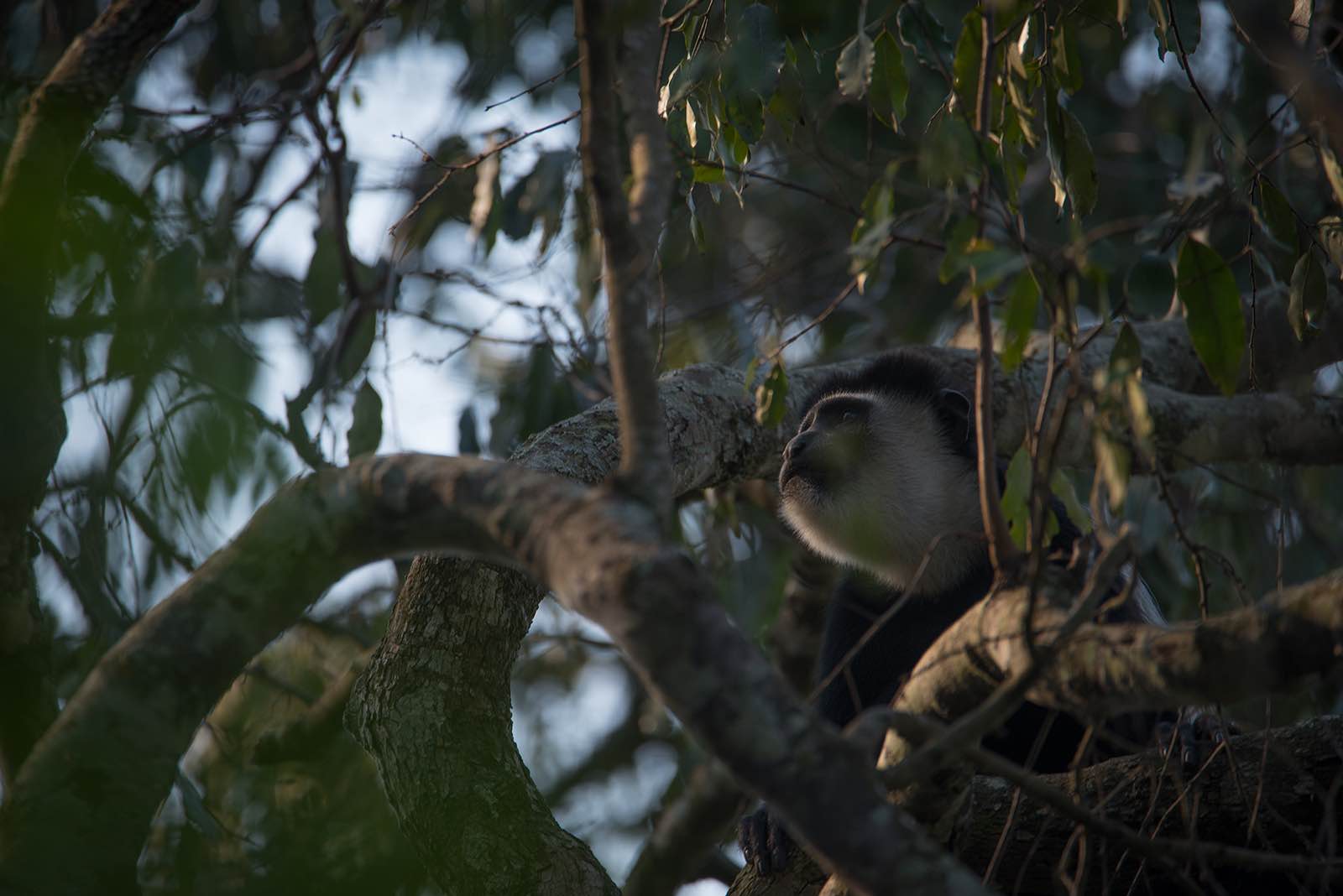
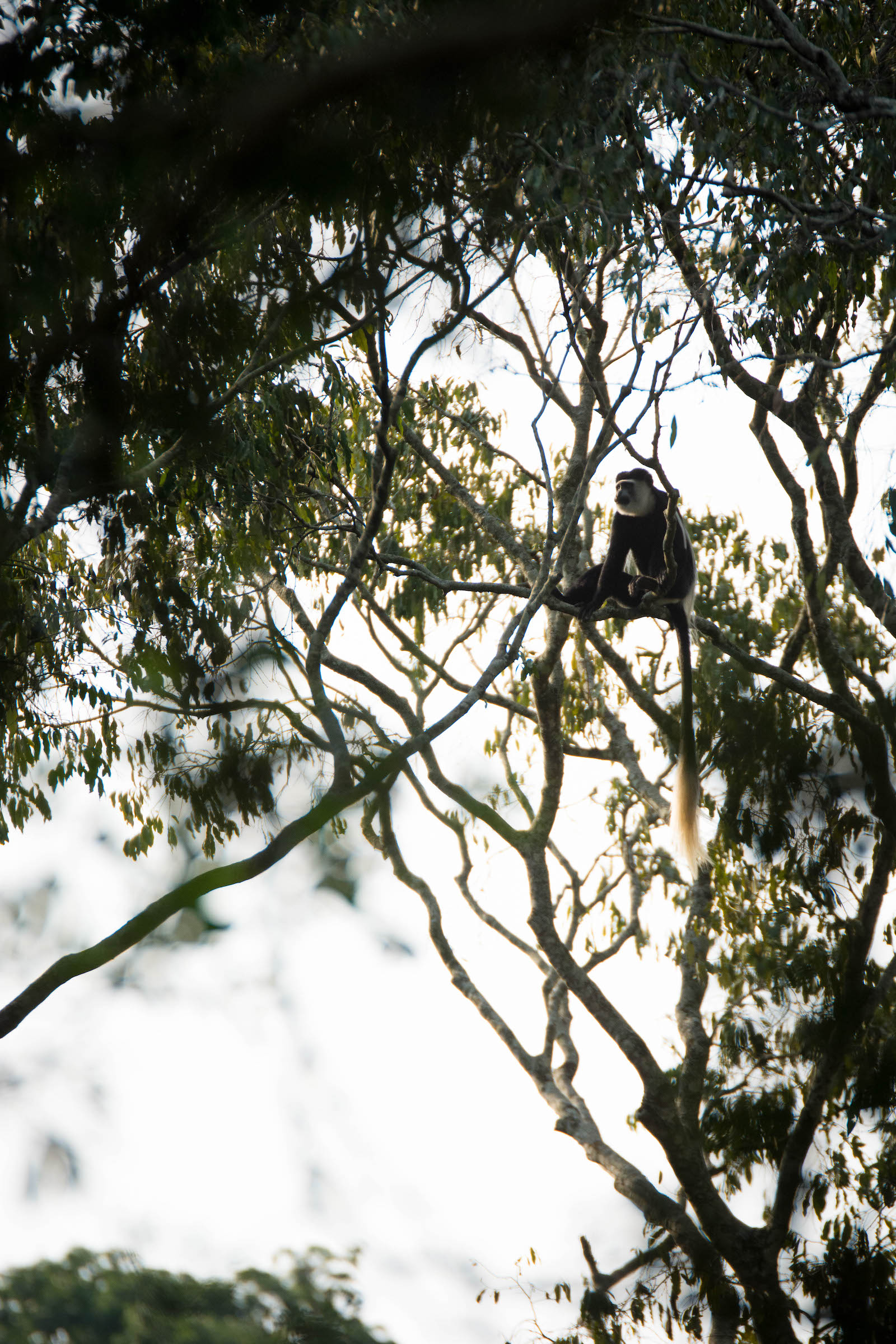


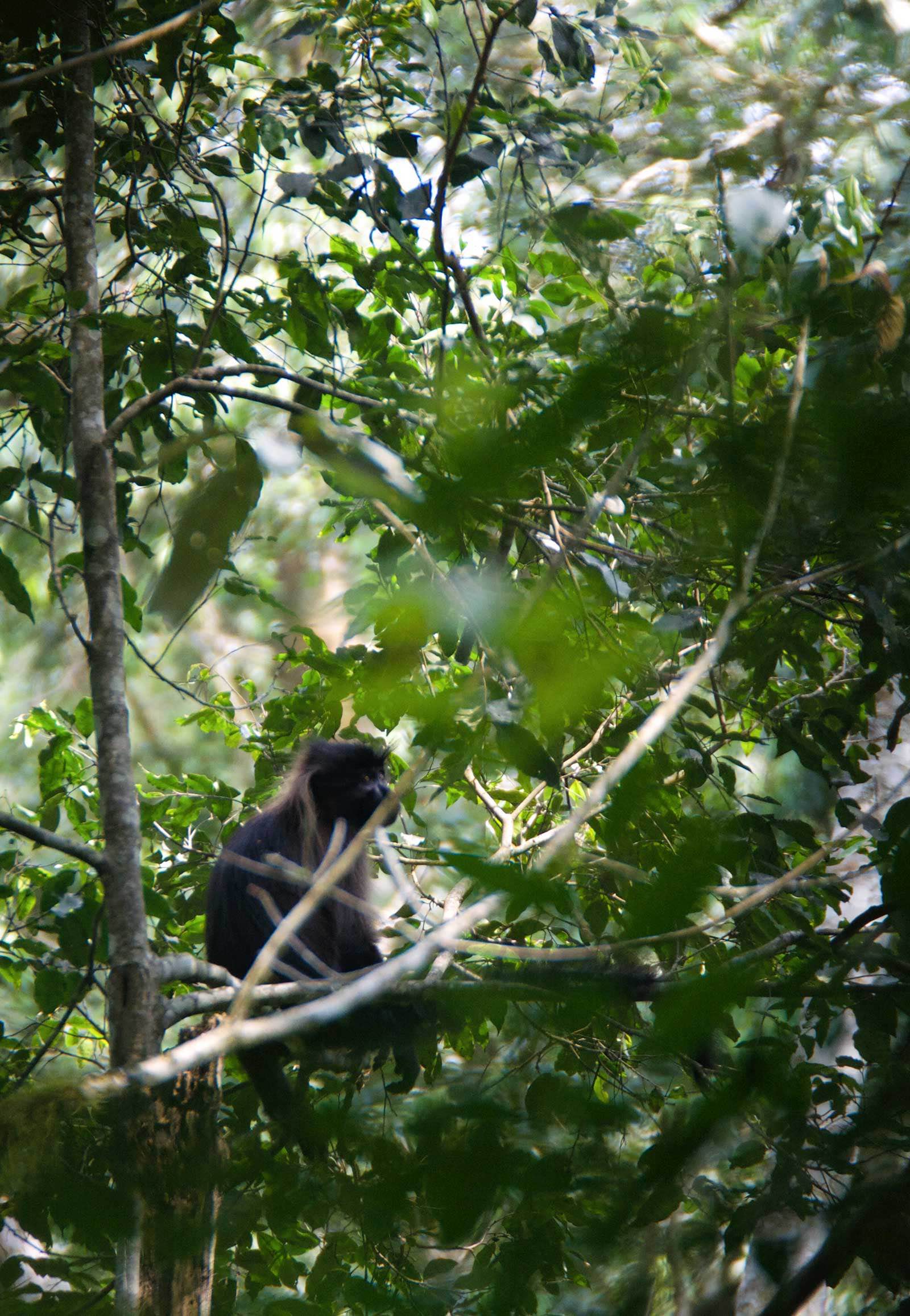
Looking for more on chimps? We’ve got a blog revealing some interesting facts about these charismatic creatures here.
Photos by Kevin MacLaughlin and Chloë Cooper.

